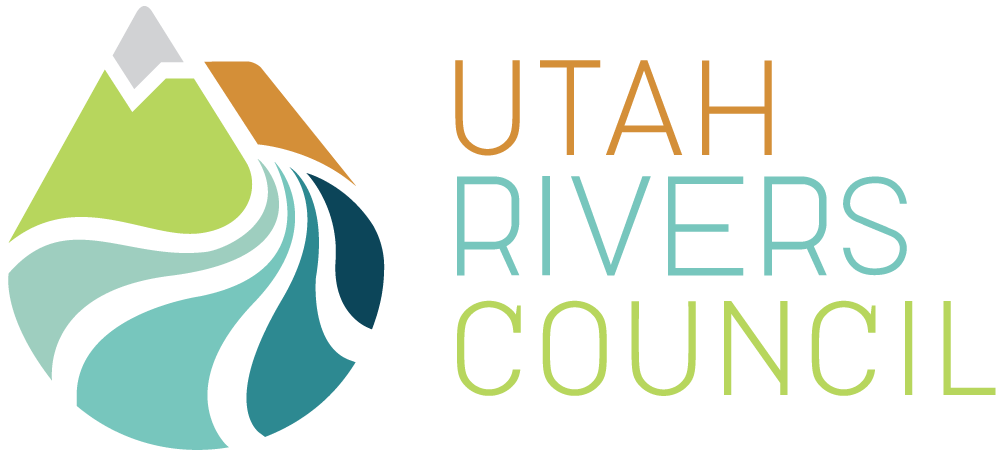Removing landscape ordinances requiring grass.
Many Northern Utah municipalities and homeowner associations require residents to landscape a significant portion of their yards with grass. In some cities, conscientious residents that try to use less water outside their homes by landscaping with drought-tolerant plants or artificial turf may even be fined. This makes no sense in a state with the country’s highest per-person municipal water use and where officials are proposing to spend billions of dollars to import new water.
Some 70 percent of the water in Utah’s cities is used primarily to irrigate grass. Requiring people to plant water-intensive turf grass prevents conscientious individuals from conserving water at their own homes. Giving individuals the freedom to choose their landscapes is not only fair, it is a cheap and easy way to save water and money in our cities.
For over 15 years the URC has administered our Rip Your Strip Program, which empowers residents to convert their hard-to-water parking strip into a beautiful—and money saving—drought-tolerant garden. The program has not only reduced outdoor water waste by wasting less water on sidewalks and gutters, it helped to amend local landscaping policies and transform the landscaping practices of neighborhoods throughout Northern Utah cities.
The success of the program has shown that once people are familiar with low water-use landscaping and have a successful parking strip project under their belt, they are eager to apply these principles to more of their property. Eliminating antiquated and draconian landscape ordinances at the municipal level would help to encourage beautiful, drought-tolerant landscaping and reduce water waste, without infringing on people’s individual liberties.
Click here for a free informational Rip Your Strip packet.
New practices in landscape management. In recent years, cities across the West have been offering “cash for grass” as a way to incentivize residents to transition from bluegrass lawns to more water wise landscaping. These programs not only help people save money on their water bills, they produce significant long-term water conservation savings for communities.
The success of Southern California municipalities in providing rebates for turf grass removal provides Utah with a good example of how to save water. Removing turf grass from a typical 1000 ft lawn could earn Los Angeles area homeowners $400-$600 and offers the opportunity to never have to mow the lawn again. Similar programs have been offered by other cities like Las Vegas. These turf replacement programs augment existing water supplies and are cheaper alternatives to tapping new water sources via multi-billion dollar capital projects. Despite the success of these programs, some Utah cities often still require homeowners to install grass landscapes and have issued fines for removing and replacing turf grass. These disincentives penalize Utahns who try to be good water stewards and reinforce Utah’s wasteful water using climate.

